4 Tips For Picking The Best Wood For Cutting Boards

If you’ve decided to buy a wooden cutting board, then well done! It’s the best decision. Even US healthy authorities agree that wooden cutting boards are much safer than synthetic materials, such as plastic, silicone and acrylic.
What are the main aspects to look for in a cutting board?
Ideally, a cutting board would be non-porous so it doesn’t absorb liquids (such as meat juices, which could cause dangerous contamination if fruit or vegetables were cut on the same board later).
But, as we’ve already seen, non-porous synthetics can become porous with knife scratches. And hardier non-porous materials, such as glass, will quickly dull even the most expensive, sharpest knives.
So, for a wooden cutting board, we want close-grain, so as to be as least porous as possible, hardwood (softer woods will scratch easily), and we all want to make sure the wood used is sustainable. We can’t just keep chopping down trees and expect the world to survive!
Which woods fit the bill?
Let’s look at all the different wooden cutting boards available on the market today:

Acacia : This is certainly hardwood. The problem is that it naturally has many gaps in the wood. Fillers are needed to hold an acacia cutting board together, making it less durable than other boards.
Also, acacia is naturally high in silica (a hard mineral quartz found in some woods) which quickly dulls a knife blade.
Teak: This is also in the hardwood family, but is also high in silica.
Bamboo: This material has become very popular recently, due to the fact that it grows extremely fast and is therefore sustainable.
The downside? It’s not even a wood, it’s a type of grass. To keep these cutting boards together, heavy amounts of glue is needed, and these boards splint, break and warp extremely easily. Many will not last a year from purchase.
Oak: This a recommended hardwood as it is close-grain and has low or no silica present. The problem? Oak is a slow growing tree, which means oak wood is not sustainable. If we all bought oak cutting boards, there will be none f these trees left!
Beech: Another recommended wood that is also unsustainable due to slow tree growth.
Maple: A recommended hardwood that is close-grain, and has low or no silica present.
Rubber wood: Another recommended hardwood that is close-grain and has low or no silica present.
Our recommendation
We recommend you buy cutting boards made from maple or rubber wood. They fit all the requirements:
1. Fast growing, and therefore sustainable2. Hardwood that is capable of withstanding knife scars, and will not warp, bend or split
3. Close-grain, so less porous and not likely to absorb much liquid
4. Low or no silica, so your precious knives will not dull
This is why we created the Chef Remi Rubber Wood Cutting Board. We chose rubber wood over maple because maple is expensive.
Our ethos is to design genuine quality kitchen tools to support ALL busy parents that take the time to cook for their family.
If you have the means to spend $60 plus on a cutting board, then maple is a great option, and it’s certainly as good as rubber wood. But why pay more when rubber wood stands toe-to-toe with maple?
The Chef Remi Rubber Wood Cutting Board is the best solution, and it will become your go-to cutting board.



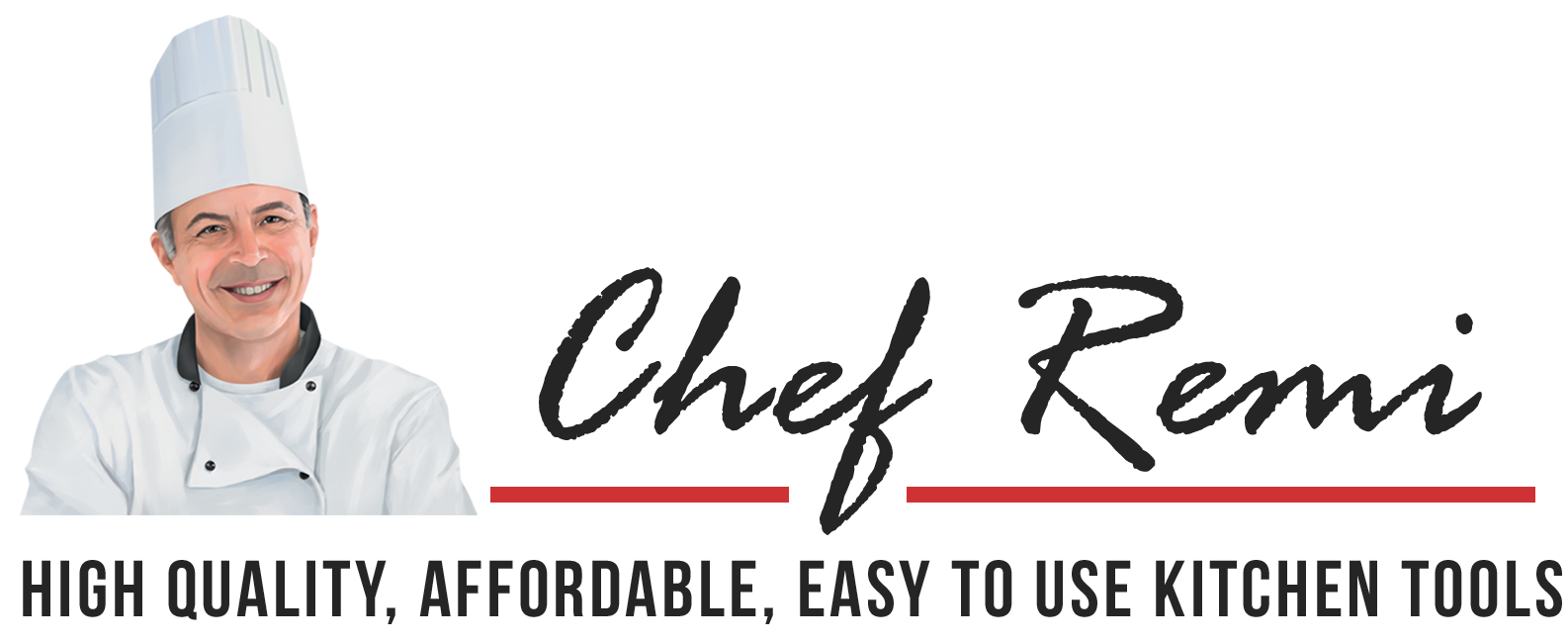

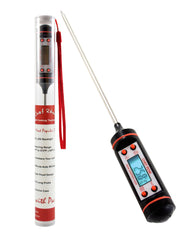
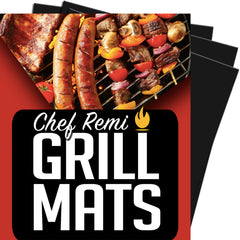
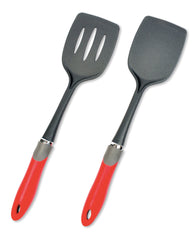
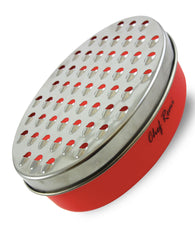
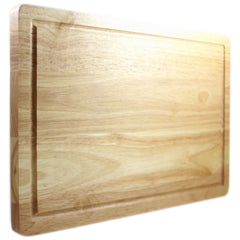
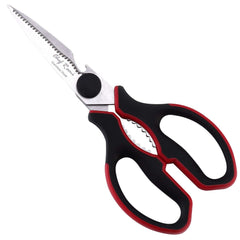
Comments
No comments yet.